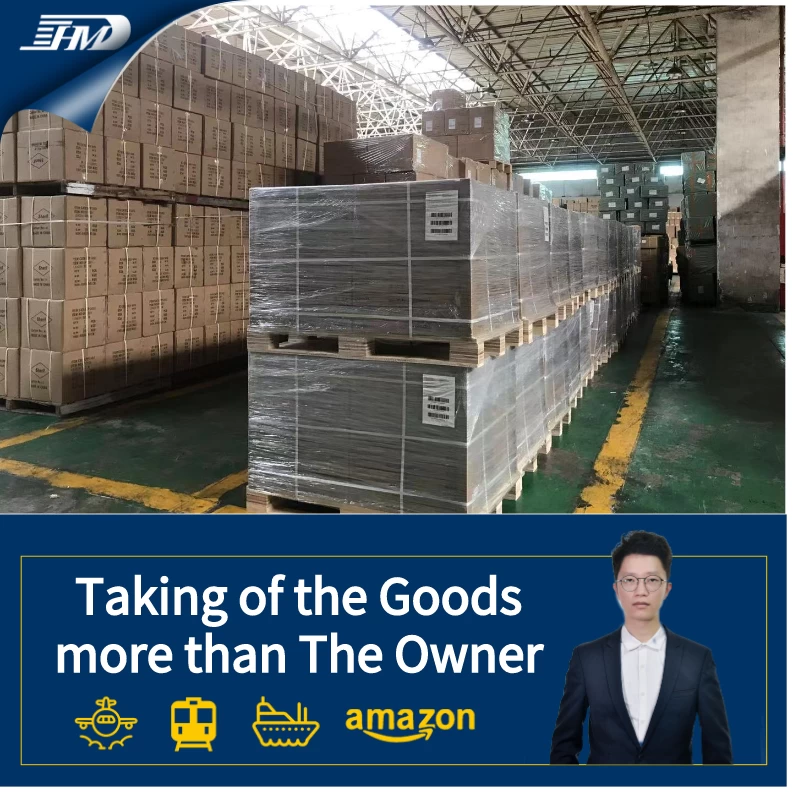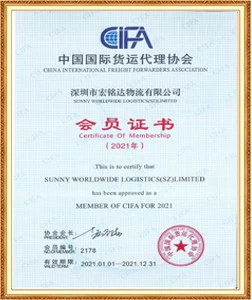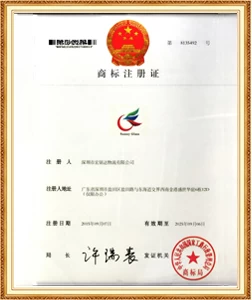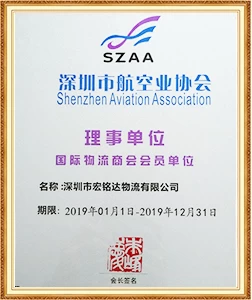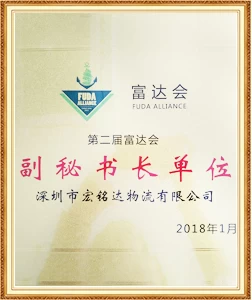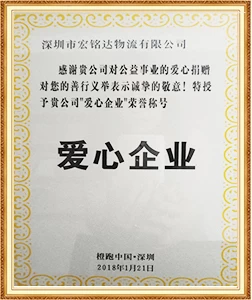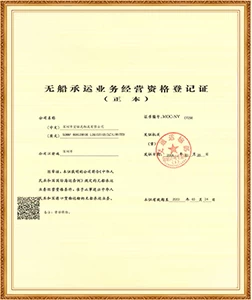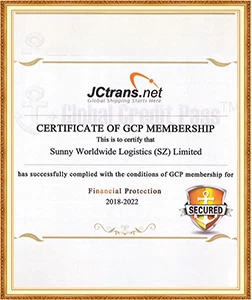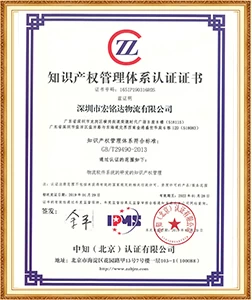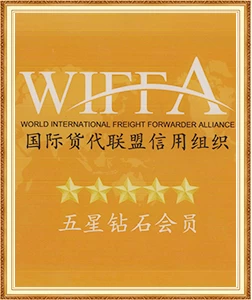900 containers were abandoned, the vast majority of them came from China
Sunny Worldwide LogisticsIt is a logistics company with more than 20 years of transportation experience, focusing on European, American, Canadian, Australian, Southeast Asia and other markets, and is more than the owner of the cargo owner~

Recently, an unprecedented wave of abandonment occurred in the port of Manzanillo, Mexico: about 900 containers were abandoned within a month, with a 300% increase year-on-year, with the vast majority of them loaded with goods from China and identified as "counterfeit or pirated goods."
This incident not only aroused widespread attention from the cross-border logistics industry, but also exposed the compliance risks hidden in cross-border logistics in the context of increasingly strict Mexican intellectual property regulations.
This abandonment wave is not an accident, but a direct result of the escalation of the nationwide crackdown on piracy in Mexico. According to the Mexican National Customs General Administration (ANAM), most of these abandoned goods were inspected and seized by customs because they were unable to provide compliance certificates, which eventually led to the cargo owner or freight forwarding choosing to give up the pickup.
The official reason given by ANAM (General Administration of Customs of Mexico) is that Mexico's national combat piracy has escalated, and the cargo owner/freight forwarder directly gave up the goods because he "cannot provide proof of compliance."
After investigation, it was found that:
-
The information of the bill of lading and the packing list is seriously inconsistent with the actual goods
-
Overseas agents failed to declare real product information as required
-
The consignee chose to give up the pickup due to concerns about huge fines and legal risks.
The key problem is: the risk of brand infringement has not been warned in advance, and the compliance awareness is weak, which eventually leads to the current situation.
Mexico has strong protection of intellectual property rights, and the customs has established a special inspection mechanism.
Once the brand rights holder reports, the customs has the right to seize the suspected infringement of goods. For licensed goods without legal authorization, they are easily detained, fined or even confiscated.
OEM OEM goods may also be defined as fake goods
It is worth noting that even goods produced by OEM (Original Equipment Manufacturer) may be deemed to be infringed and seized by customs as long as the product logo is not registered with the Mexican customs system or without authorization certificate. This regulation poses a serious challenge to many Chinese companies that rely on OEM model exports.
Mixed assembly of cabinets is high, and the whole cabinet goods may suffer
If there is suspected infringement in the LCL cabinet, the entire cabinet will be inspected. This will not only lead to long stay time, high cost and risk, but the consignee often has to choose to give up picking up the goods, resulting in the innocent goods being "collected" and causing huge losses to the cargo owner and freight forwarder.
Faced with Mexico's increasingly strict intellectual property protection and customs inspection, cross-border logistics companies must take effective measures to ensure the safe customs clearance of goods. The following are three-step pit avoidance strategies:
1. Self-check brand compliance before export
Any goods with brand logo or packaging must be fully legally authorized. In the absence of authorization, it is recommended that the brand appearance cannot be used. This requires companies to conduct strict brand compliance inspections on goods before exporting to ensure that all goods comply with the destination intellectual property regulations.
2. The responsibility for the cabinet should be clear and the “Case Pairing Statement” should be signed.
In the transportation of cabinets, all parties should clarify their declaration responsibilities and sign a "counter swap statement" to avoid being implicated for others' violations. This helps clarify the responsibility during customs inspections and reduces the risk of innocent goods being seized.
3. Strengthen early warning awareness at key ports
For high-risk areas such as Mexico, Brazil, and Saudi Arabia, it is recommended to clarify customs clearance risks and customs clearance responsibilities with the cooperative agent before shipment, and improve risk prevention and control capabilities. This includes understanding the customs policies of the destination port, intellectual property protection regulations and possible inspection priorities, and thus developing targeted export strategies.
The painful lesson of 900 containers of container goods being abandoned once again reminds us: cross-border logistics cannot only pursue "can be issued", but also pay attention to "can be implemented safely". In the context of increasingly strict Mexican intellectual property regulations, the lack of compliance awareness will come at a heavy price.
We call on all cross-border logistics companies to strengthen compliance awareness, improve brand compliance inspections before export, clarify the responsibilities of cabinet assembly, and improve the early warning capabilities of high-risk ports. Only in this way can we ensure the safe customs clearance of goods and avoid falling into the quagmire of abandonment.







